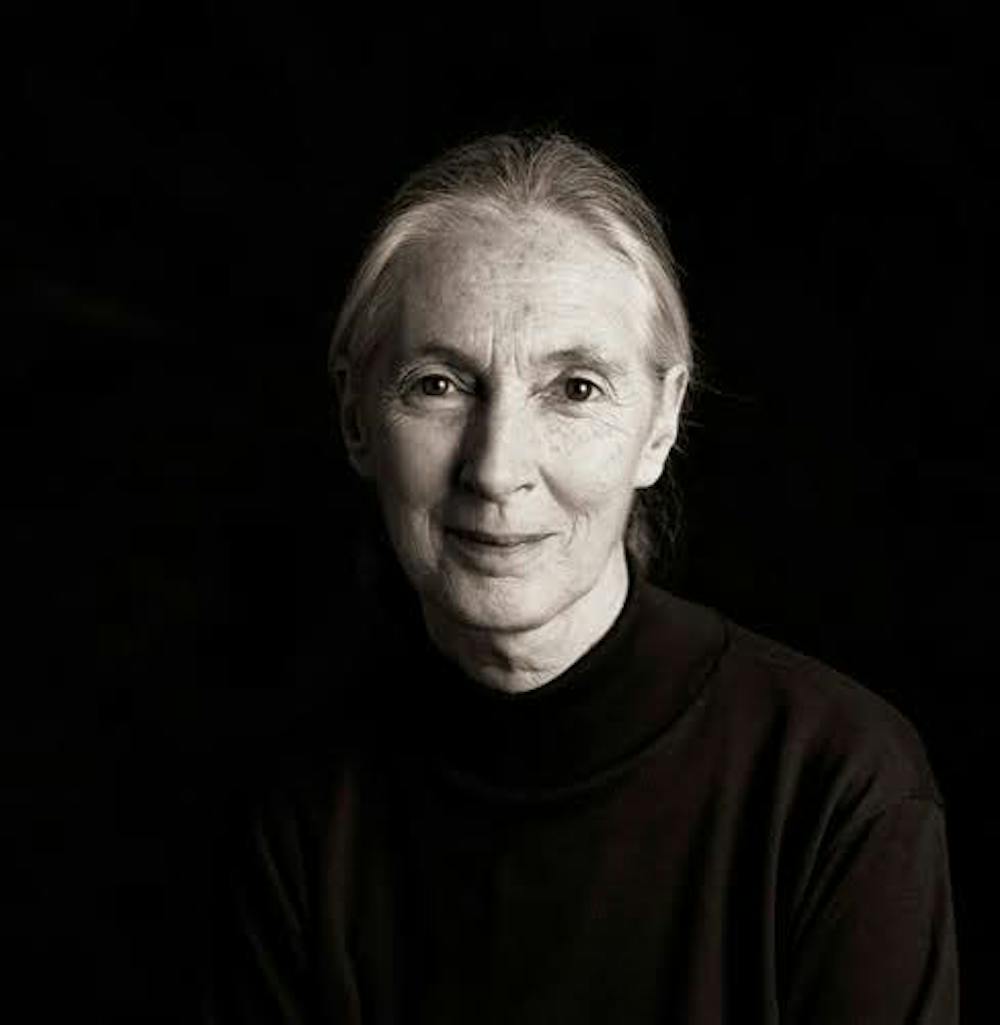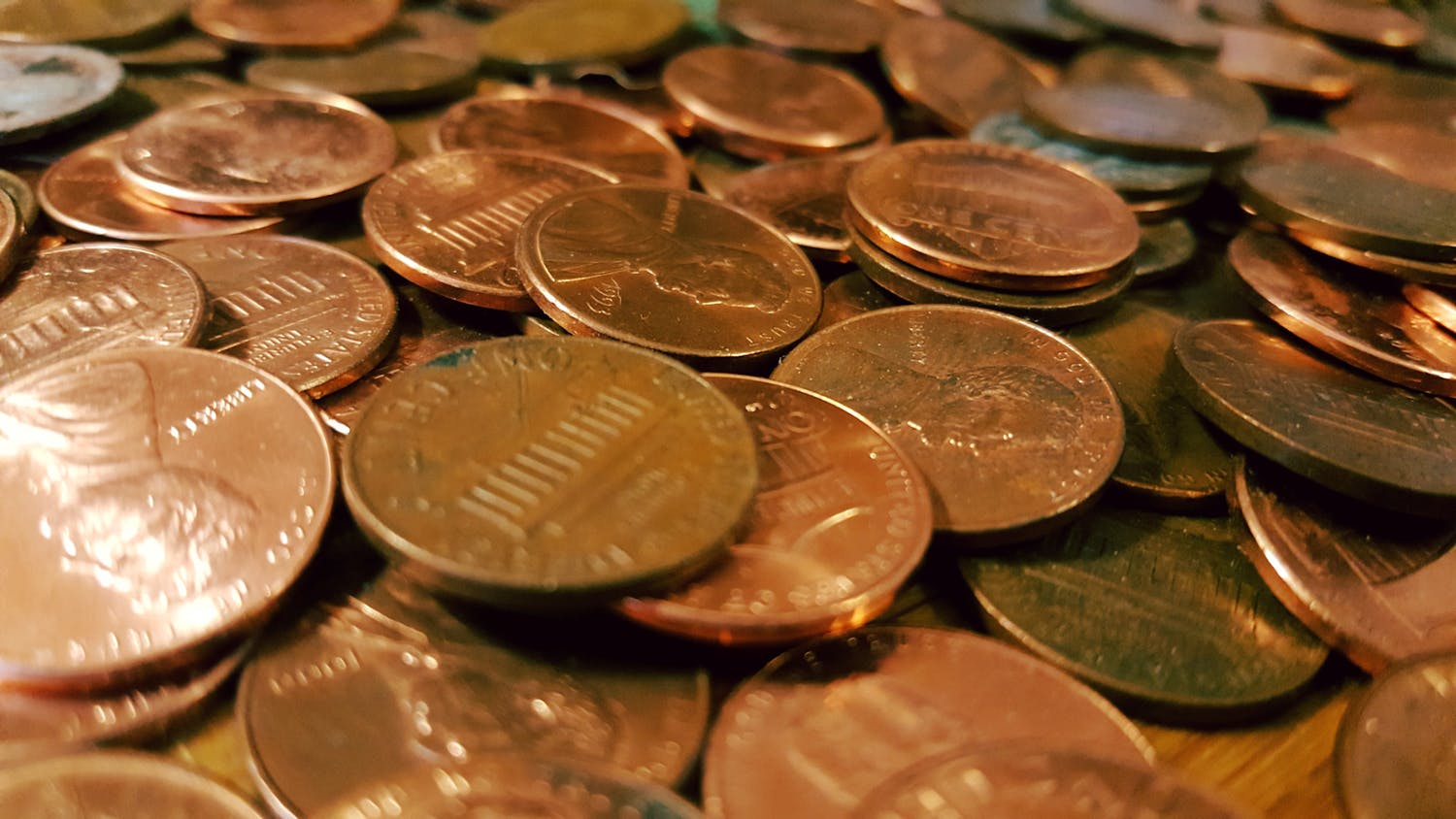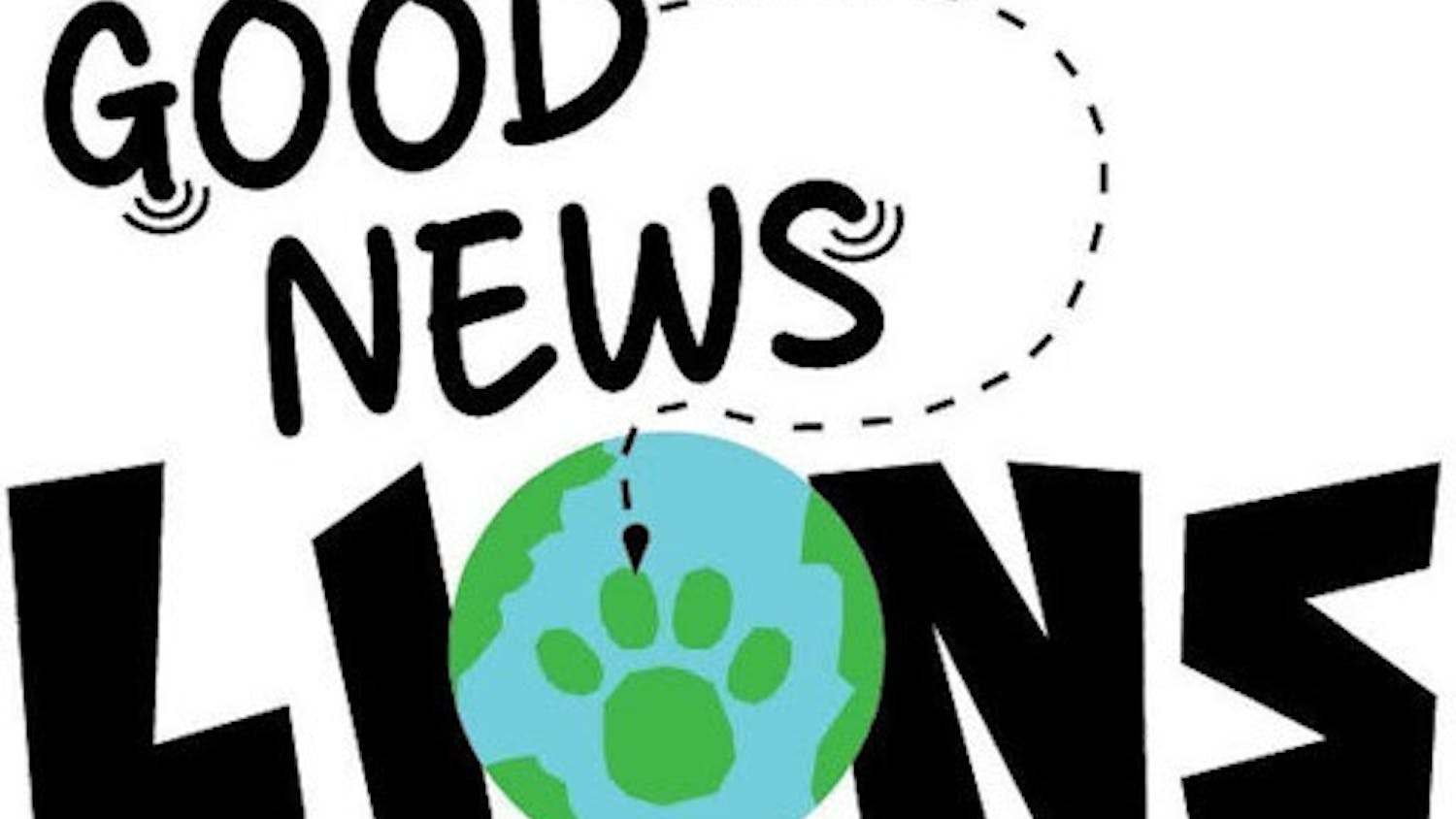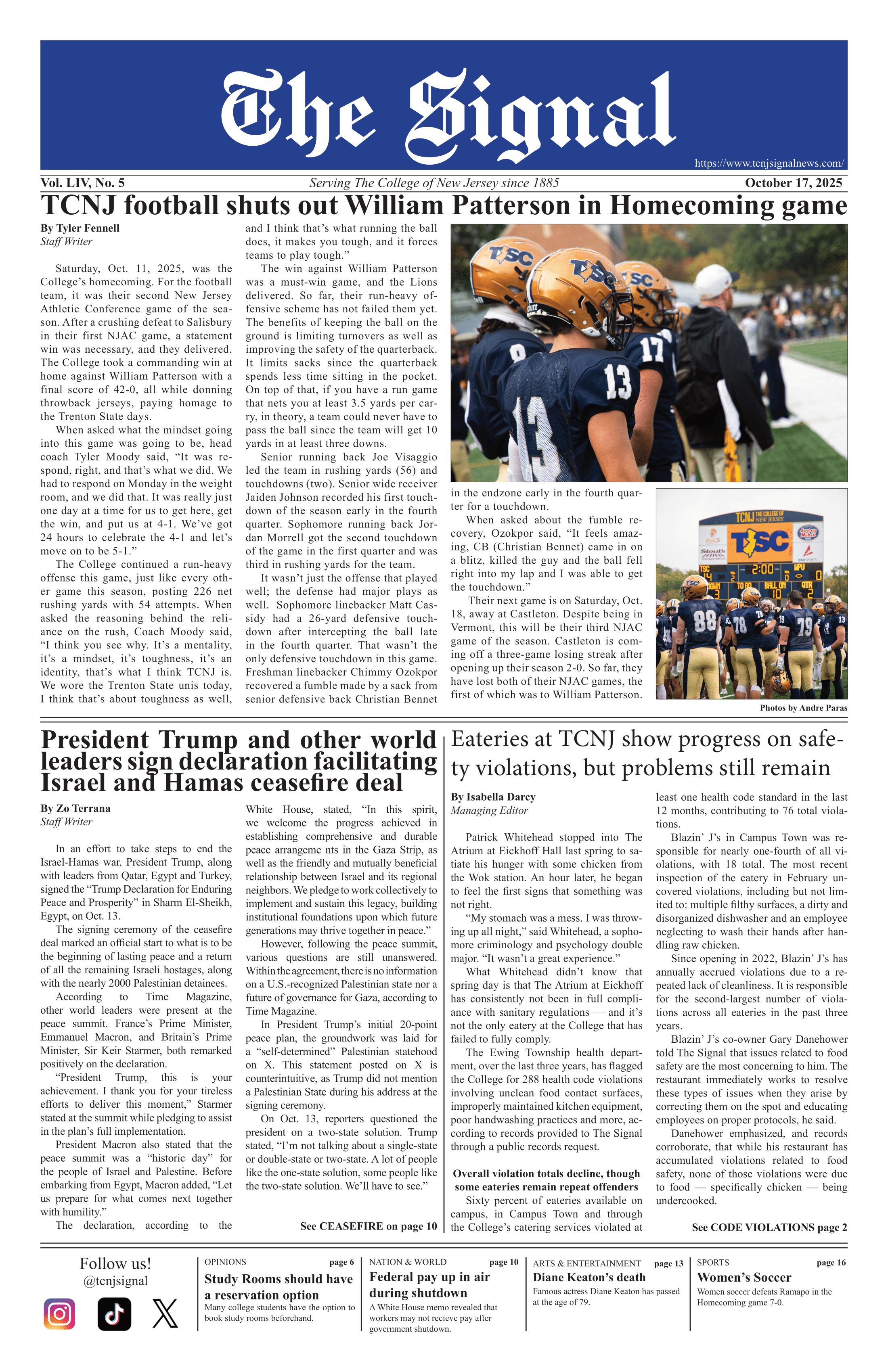By Abigail Holliday
Copy Editor
British primatologist and conservationist Jane Goodall died at 91 from natural causes on Oct. 1.
Born Valerie Jane Morris-Goodall, Jane Goodall is famous for her 65-year study of chimpanzees in Africa, leading to her becoming a revered humanitarian, conservationist, ethologist, a Dame and a United Nations Messenger of Peace.
Dr. Goodall was enamored by animals and wildlife ever since she was a child, dreaming of traveling to Africa as a chance to study them and publish books on them to educate others.
Dr. Goodall would have done anything to be able to get to Africa, working as a waitress to make enough money to get to Kenya. It was there that she was encouraged to meet Dr. Louis Leakey, a respected paleontologist.
Leakey hired her as a secretary at the National Museum in Nairobi, giving her the opportunity to join him and his wife in search of fossils. Noting her dedication, Leakey asked Goodall to travel to the forest of Gombe, Tanzania, to study the wild chimpanzee families, according to the New York Times.
According to the Jane Goodall Institute, it was in 1960 that Dr. Goodall and her mother arrived in Gombe at the Gombe Stream Chimpanzee Reserve, where she started making groundbreaking discoveries about man's closest living relative.
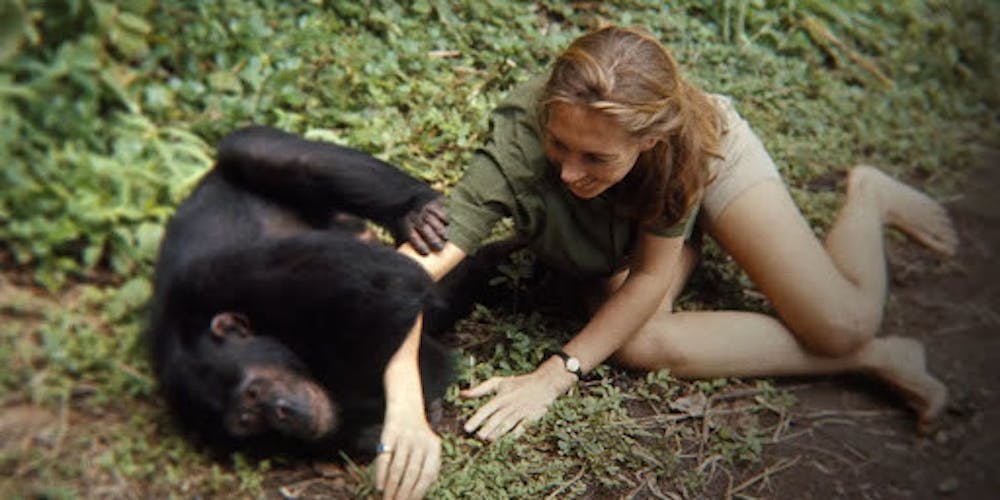
Jane Goodall with one of the many chimps she studied day-to-day. (Photo courtesy of IMDb)
Throughout her time in Africa, Dr. Goodall observed the Kasakela community through many generations, a troop of 30 to 40 chimpanzees. She observed chimpanzees hunting and eating a red colobus monkey, making chimps not vegetarians, as previously thought, but omnivores.
She also studied the chimps as they made and used tools to hunt, using sticks to draw out termites. This observation was groundbreaking, forcing the world to "redefine what it means to be human,” calling homo sapiens “Man the Toolmaker,” according to the Jane Goodall Institute.
Dr. Goodall had yet to obtain a degree in her field so Leakey set her up in a PhD program in Ethology at Newnham College, Cambridge. She completed her thesis, “The Behaviour of Free-living Chimpanzees in the Gombe Stream Reserve,” in 1965, according to the Jane Goodall Institute.
The same year, National Geographic filmed and released “Miss Goodall and the Wild Chimpanzees” which documents Goodall’s time in Gombe with her chimps, who she believes will help to get a better and “thorough understanding of chimpanzee behavior will lead man toward clearer understanding of himself.”
In 1974, Dr. Goodall observed a war between two rival chimp groups, the Kahama splinter group and the Kasakela group. What was dubbed the “Four Years War” revealed more hidden secrets about chimpanzees, including cannibalism. A mother and daughter duo stole, killed and ate babies in their own troop, as is written by the Jane Goodall Institute.
Dr. Goodall was fascinated by chimpanzee mating rituals, courtships and birthing and parenting habits. She became the first scientist ever to observe that female chimpanzees can only carry one to two chimps and only give birth every four and a half to six years.
She also found, similarly to humans, that first-time mothers would hide their babies away from the community, especially from males, while seasoned mothers allow curious chimps to be introduced, according to the New York Times.
The 1970s were a period where Dr. Goodall switched her focus from not only observing and studying the chimps but also finding a way to protect and preserve them, as written by the Jane Goodall Institute. In 1977, she founded the Jane Goodall Institute as a way to expand the reach of her research in an effort to further education on the environment. Her institute became the world’s largest nonprofit global research organization, with offices in 25 countries. She was not quiet in her opinions on the treatment of chimpanzees, including how they were captured to be used in zoos for entertainment or harmed in medical treatments, according to the New York Times.
In the 1990s, Goodall, along with the help of students from Tanzania, opened Roots & Shoots, which introduces the youth to bigger world problems, like conservation in 75 countries. The Tchimpounga Chimpanzee Rehabilitation Center was opened by the Jane Goodall Institute as a way to house and rehabilitate chimps taken by the illegal commercial bushmeat and pet trades, now holding over 150 chimpanzees.
Dr. Goodall also started the Lake Tanganyika Catchment Reforestation and Education (TACARE) program to address the poverty and deforestation happening in the area of Lake Tanganyika, according to the Jane Goodall Institute.
Throughout her studying, Dr. Goodall wrote and published 32 books and launched a podcast “Hopecast” to hopefully reach as many people to spread the word about chimpanzees and conservation, according to the Jane Goodall Institute.
As one of the most famous and impactful conservationist scientists of the 20th century, Dr. Goodall has inspired many new women scientists such as Biruté Galdikas, Cheryl Knott, Dian Fossey and Penny Patterson to take over advocating for the world in her stead, as reported by the New York Times.
In 2017, the Jane Goodall Legacy Foundation was established so the public can help further the breakthrough research she and her organizations are still discovering to this day, according to the Jane Goodall Institute.


